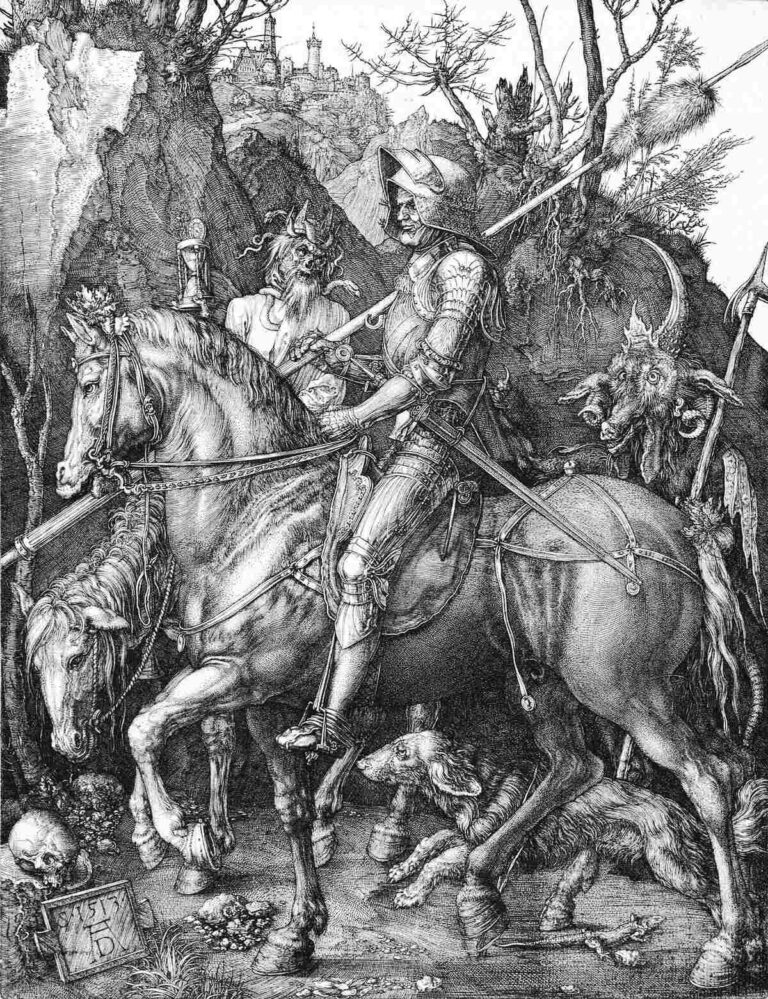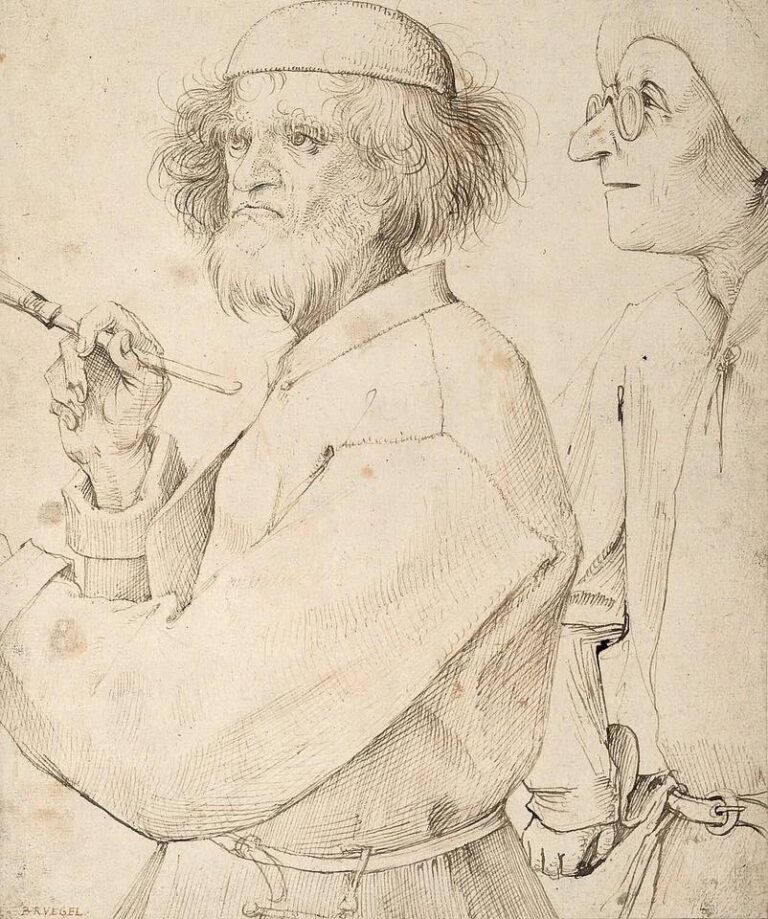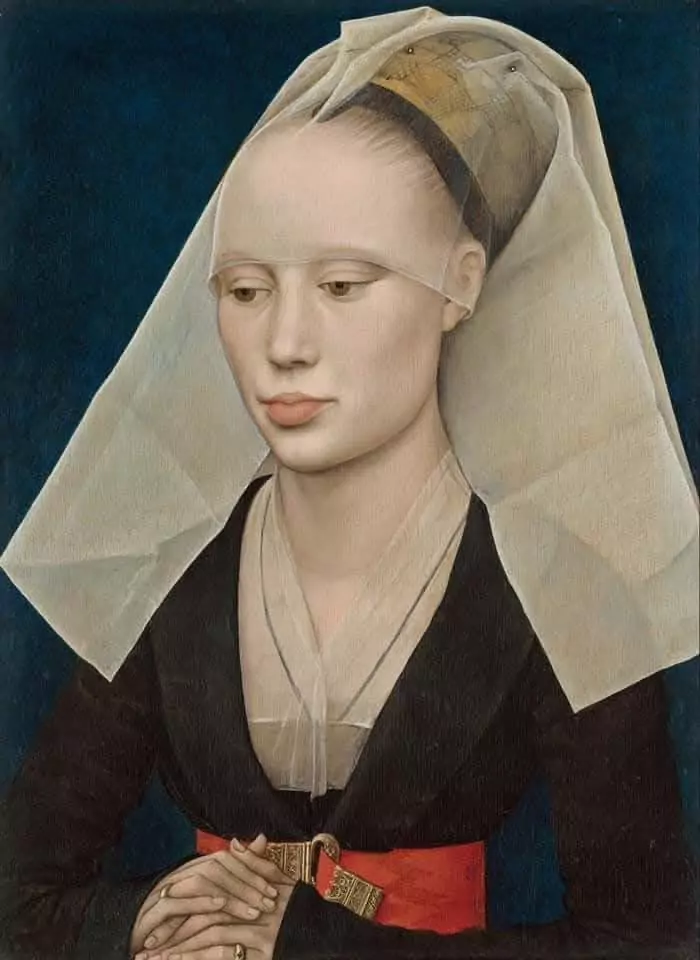Looking for a muse? Check no further. Discover the Best of Art, Culture, History & Beyond!

Artist: Hans Holbein the Younger
Title: Portrait of Charles de Solier, Sieur de Morette
Date : 1534–1535 Medium : chalk, pastel and India ink
Location : Kupferstich-Kabinett, Dresden
Few artists in the history of portraiture can rival the precision, psychological depth, and sheer elegance of Hans Holbein the Younger. A master of Renaissance realism, Holbein’s work captures not only the likeness of his sitters but also their soul, social status, and historical significance. From his early years in Basel to his celebrated position as the court painter to Henry VIII, Holbein revolutionized portraiture, infusing it with meticulous detail and lifelike presence. Among his many masterpieces, Portrait of Charles de Solier, Sieur de Morette (1534–1535) stands as a testament to his genius, a work that embodies his ability to weave status, symbolism, and striking realism into a single image.
Born in Augsburg in 1497 or 1498, Hans Holbein the Younger was introduced to art at an early age. His father, Hans Holbein the Elder, was an accomplished painter, and it was under his guidance that Holbein developed his foundational skills. However, it was in Basel, Switzerland, that he truly honed his craft, working on altarpieces, frescoes, and book illustrations. His early works, heavily influenced by Northern Renaissance masters like Albrecht Dürer, already displayed an incredible attention to detail and a mastery of light and shadow.
His career took a decisive turn when he traveled to England in 1526, seeking patronage at the court of Henry VIII. It was there that he cemented his reputation as one of the most distinguished portraitists of his time. His ability to flatter his subjects without sacrificing realism made him a favorite among the English nobility and European diplomats. His portraits were not mere likenesses; they were intricate studies of power, wealth, and personality.
The Masterpiece: Portrait of Charles de Solier, Sieur de Morette
Among Holbein’s extensive oeuvre, Portrait of Charles de Solier, Sieur de Morette stands out for its striking composition and psychological intensity. Created between 1534 and 1535, this portrait captures the French diplomat and soldier Charles de Solier, who served as an ambassador to Henry VIII’s court. The painting is a compelling example of Holbein’s refined technique, as well as his ability to encapsulate the essence of his subject.
Visual Analysis and Composition
At first glance, the portrait commands attention with its dark, atmospheric background, which allows the figure to emerge with remarkable clarity. De Solier is portrayed in three-quarter view, his penetrating gaze directed slightly to the viewer’s left, exuding authority and quiet confidence. His black attire, enriched with sumptuous textures, showcases Holbein’s skill in rendering fabrics with unparalleled realism.
One of the most striking elements of the painting is Holbein’s use of light. Subtle highlights accentuate the subject’s face, hands, and the intricate details of his embroidered collar and fur-lined cloak. The careful gradation of tones lends the portrait a three-dimensional quality, making de Solier appear almost tangible.
Symbolism and Status
Like many of Holbein’s portraits, this piece is laden with symbolic elements. The choice of clothing, with its restrained yet luxurious fabrics, reflects de Solier’s high status and his role as a diplomat. The sword at his side is not just a weapon but a symbol of his military prowess and chivalric standing. His calm but assertive expression suggests both his intellect and his experience navigating the treacherous waters of Renaissance politics.
Holbein’s Influence on Portraiture
Holbein’s meticulous attention to detail and his ability to balance realism with subtle idealization set new standards for portraiture. Unlike the rigid and often overly stylized portraits of the late medieval period, Holbein’s work introduced a new level of naturalism. His precise rendering of textures, from the softness of fur to the metallic sheen of armor, was unparalleled at the time.
His work had a profound influence on later portraitists, including Anthony van Dyck and the Dutch Golden Age painters. Even today, contemporary artists study his techniques to understand the interplay of light, shadow, and composition.
Hans Holbein the Younger remains one of the most celebrated portraitists of the Renaissance. His ability to capture the psychology of his sitters, combined with his technical brilliance, ensures that his work continues to captivate audiences centuries after his death. Portrait of Charles de Solier, Sieur de Morette exemplifies the qualities that make Holbein a master: an impeccable balance of realism and artistic finesse.
For art lovers and historians alike, Holbein’s portraits are more than just paintings; they are windows into the past, offering glimpses of power, ambition, and humanity frozen in time. His legacy endures, inspiring new generations to appreciate the subtlety and depth that portraiture can achieve.

This article is published on ArtAddict Galleria, where we explore the intersections of art, history, and culture. Stay tuned for more insights and discoveries!



